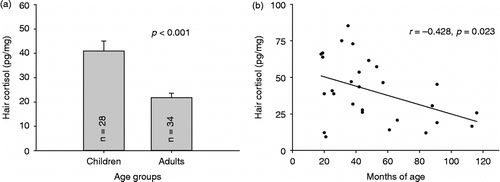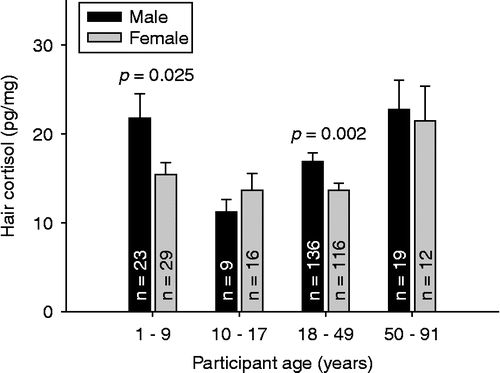Figures & data
Table I. Sociodemographic and hair-related characteristics for participants of the three study samples.
Figure 1. Mean ( ± SEM) cortisol concentrations in the scalp-near hair segment of (a) main study sample participants with light, middle blond hair; dark blond, light brown hair and middle, dark brown hair and (b) hair colour sample participants with light blond hair and dark brown hair.
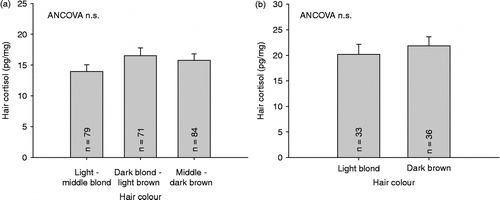
Figure 2. Mean ( ± SEM) hair cortisol concentrations in the first scalp-near segment depending on the self-reported frequency of hair washes per week (main study sample).
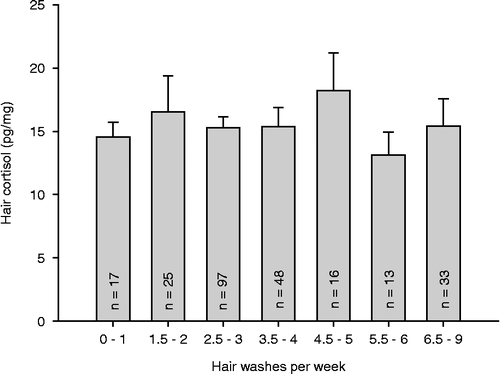
Figure 3. Quadratic relationship between hair cortisol levels in the first scalp-near hair segment and participant age (n = 360; main study sample).
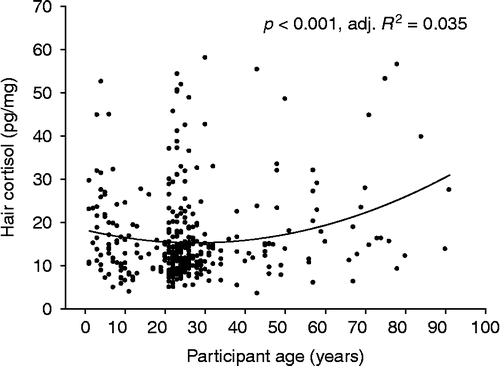
Figure 4. Cortisol concentrations in the first scalp-near hair segment of participants of the young age sample. Shown are (a) mean ( ± SEM) values of young children (1–9 years) and adults (18–38 years) and (b) the association between hair cortisol levels and age (in months) among young children (n = 28).
